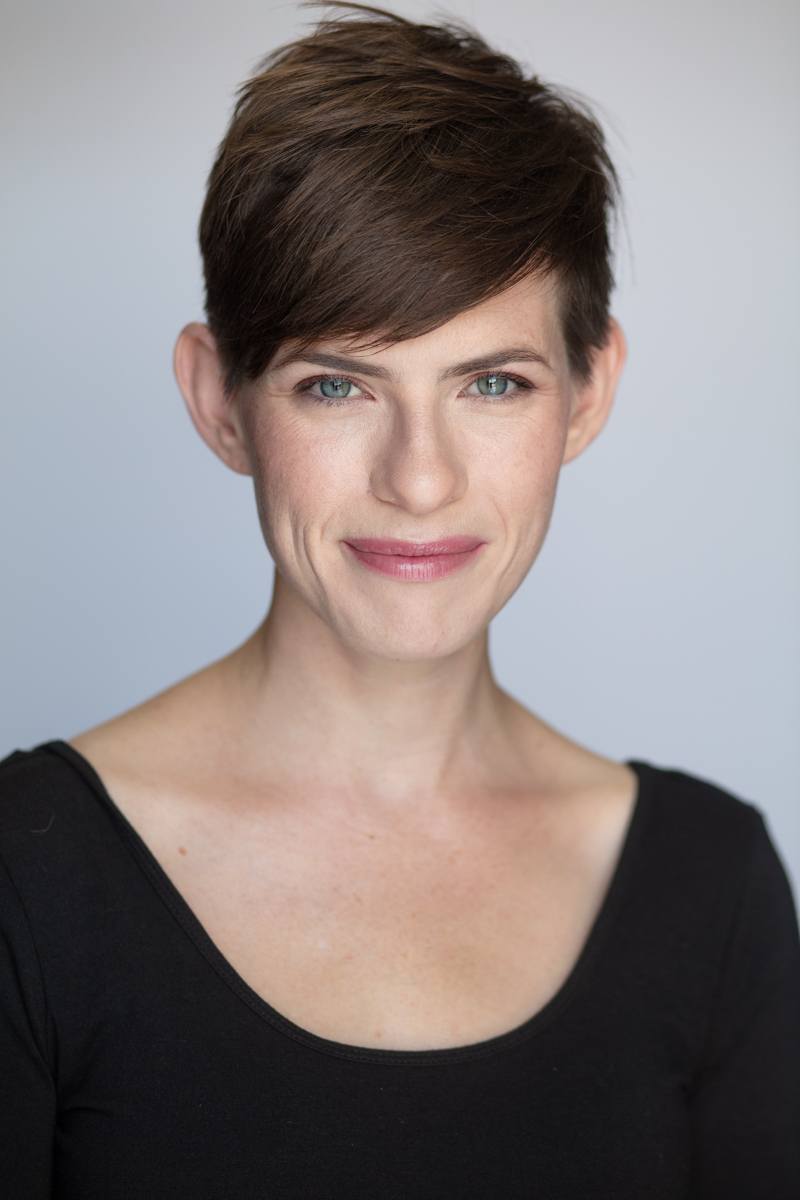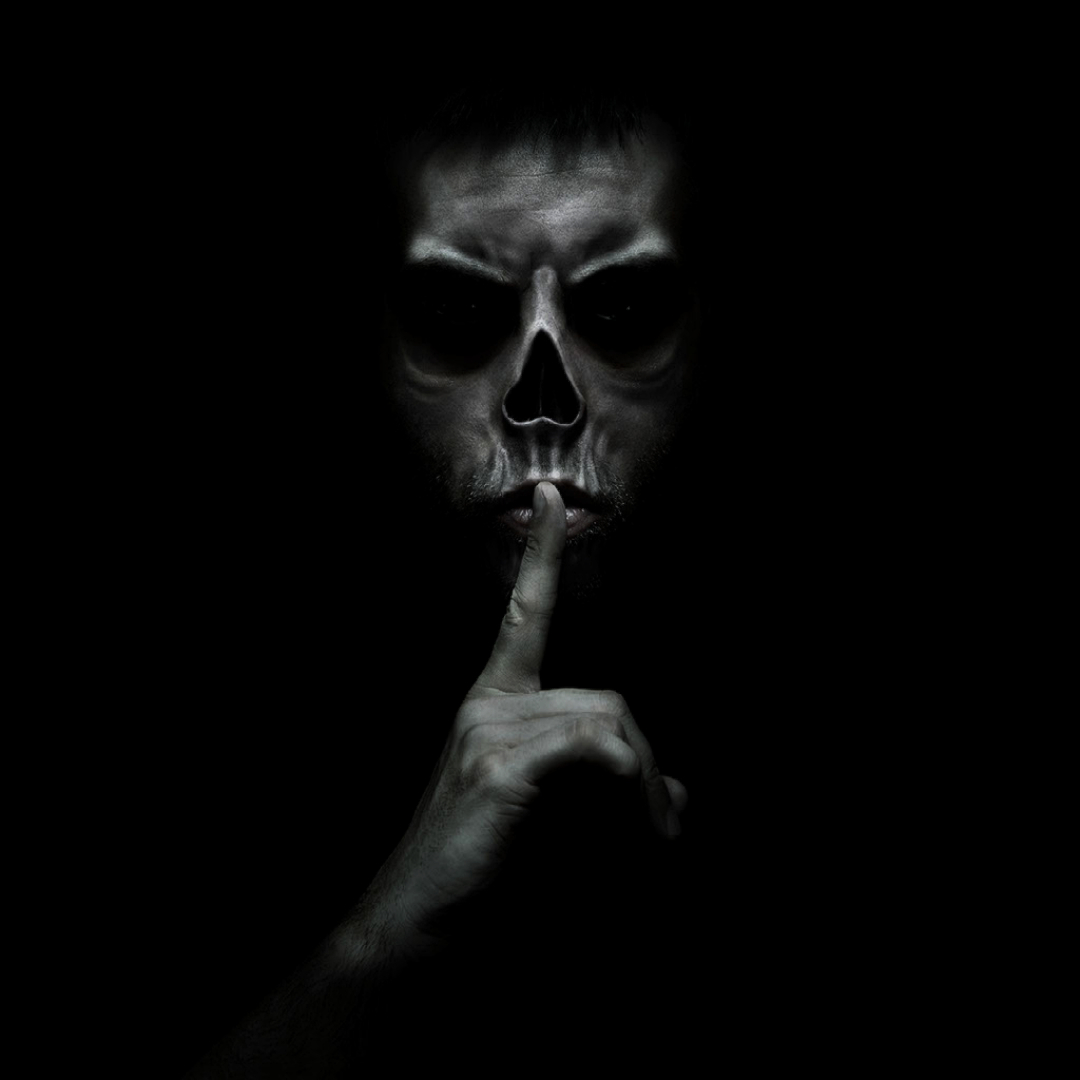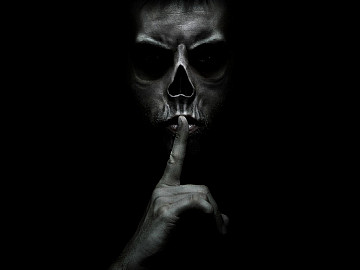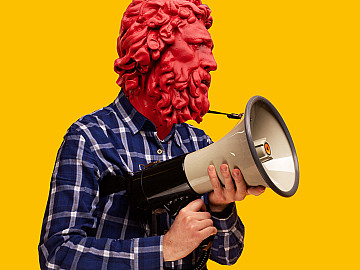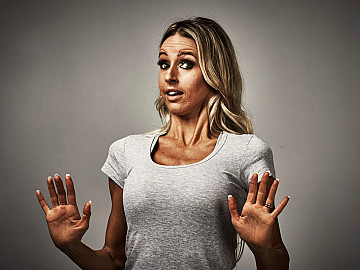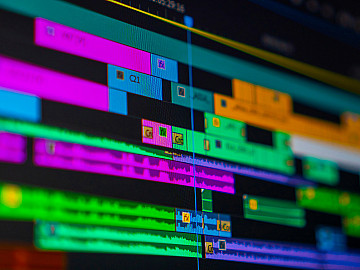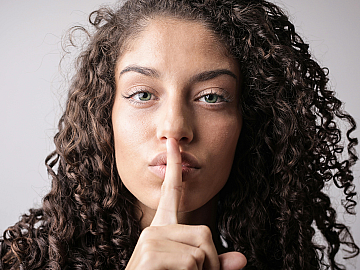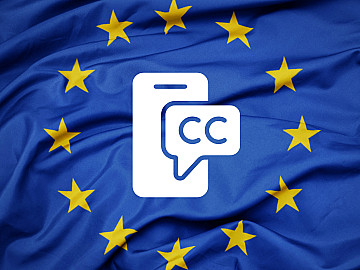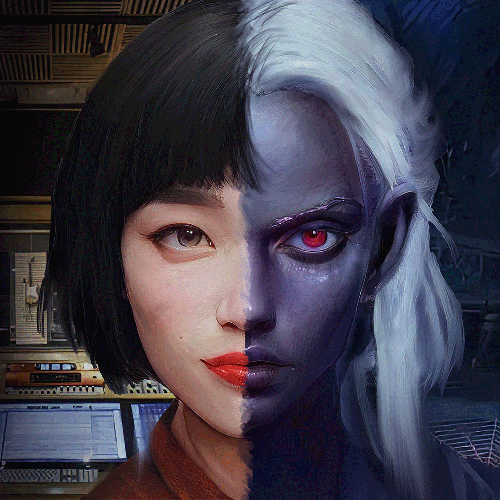The Villain. As soon as they enter the scene, you feel it in your bones.
You can tell by the voice. It’s cold, chilling even, and you know that by the end, the hero will have to defeat this evil character. If you’ve ever created, directed or cast voice-over villains in the past, you already know there is more than one shade of evil.
In this article, I'll be examining the characteristics of a voice that help inform the audience of their evil intent to help both directors and voice actors create a truly scary villain voice. Zoinks!
First, a few favourite villains.
The last century of animated history is chock-full of chilling voices, but we’ll start with a voice dripping with sinister intentions, Scar from The Lion King, voiced by Jeremy Irons. Irons’ mournful wit and languid delivery make this villain impossible to ignore.
Then there’s Eleanor Audley’s Maleficent, who demonstrates the importance of range in an evil performance. Her delivery is brilliant, whether speaking softly to the infant Princess Aurora or screaming the first curse word to be used in a Disney movie.
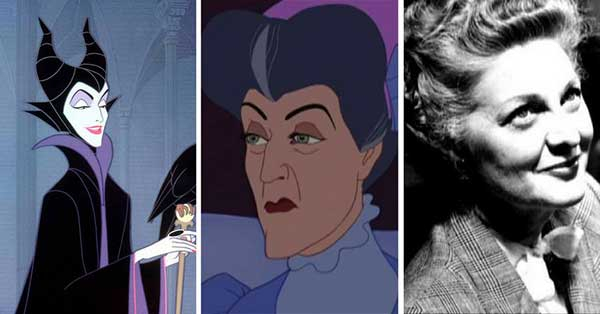
Maleficent and Lady Tremaine (The Evil Stepmother) were voiced by the same actress, Eleanor Audley.
Of course, we can’t forget the evil genius voice of The Joker created by Mark Hamill. No matter where you are, that chilling cackle is something that can haunt your dreams at any age.
Like the slow, deep rumble of James Earle Jones’ Darth Vader, some villains don’t hide their evil intent. While others feign goodness, pretending to have our hero’s best interest at heart, like Richard White’s Gaston, the insincere nice guy villain whose bravado and blood-lust cannot be hidden beneath his handsome looks. Then there’s Pat Carroll’s Ursula, whose mocking motherly tone pretends to understand Ariel, giving her exactly what her heart desires with sinister strings attached.
We could list scary voices all day. If you’re looking for more examples, an extended list inspired by this can be found here.
But even without spending too long diving into cinematic history, we quickly see that evil can sound very different on different characters. So, what is it that makes them intrinsically evil? Their motivations.
Motivation and tactics
Regardless of how a villain sounds, they will usually have similar goals. To sow fear, create chaos, and seize power. But, they will take different approaches and tactics to reach their goal. Many voice actors will like to explore character motivation and the tactics they employ to reach their goals. It gives insight into their personality and how the villain deals with others around them.
Another helpful approach to creating a character is to define their alignment. Voquent already has a comprehensive article defining character alignment.
For our purposes today, we’ll pull the evil alignment definitions from the original article and springboard into an exploration of possible vocal choices to make and directorial notes to give.
-
Lawful Evil: Tyranny and Control
A Lawful Evil character seeks to conquer and control. They are disciplined and may exploit the law for their own ends or follow a strict personal doctrine. Your vocal choices might be slower, quieter, and more calmly creepy than outright anger when voicing a lawful evil character. This character firmly believes they are right; the law (or some moral code) gives them license and permission for their actions. That moral confidence can be portrayed through their voice using a gentler evil approach rather than screaming obscenities.
-
Neutral Evil: Manipulation and Exploitation
Neutral Evil characters are interested in their own needs and satisfy those needs at the expense of others. A neutral evil character may be psychopathic in nature, addicted to murder or a thief with no compunction to killing those who stand in their way. Their voice can reflect this by containing surprising variety and vocal shifts to keep their victims in constant fear of what they’ll do next. One minute they’ll be the victim’s best friend starting a sentence with a sickening sweetness, then end it with a not-so-subtle threat.
-
Chaotic Evil: Anarchy and Instability
A Chaotic Evil character seeks destruction and enjoys inflicting pain. They relish mayhem and disdain order, taking great pleasure in the fear and suffering of others. This character is the most likely to have a memorable evil laugh. A chilling cackle to haunt the listener’s nightmares. They’re also even more prone to quick shifts in temperature, vocal speed and volume than the Neutral Evil character, as they’re often running off the rails and out of control.

Bill Skarsgård's portrayal of Pennywise in the movie IT is terrifyingly Neutral Evil.
Some tips and tricks to take away
Actors: Always start with a bit of research. This can be in-depth or just a few minutes poking around the internet and watching a few clips if your director gives you a lot of information – hooray! Start your research with whatever they give you. Then, define the kind of evil you’re villain character is. Using the above alignment types is a great place to start. I also recommend this article from Screencraft as a superb source for types of villains from the writer’s perspective.
After your research, you’ll know what you’re looking for and can begin to create a kick-a** villain voice. Like creating any character voice, you’ll first decide on the speed they will speak, the pitch of their voice, and the general volume or intensity they use when speaking.
RELATED: The Vocal Characteristics That Speak To Your Character
Additionally, one of the fun things about playing a villain is that variety and unpredictability are exciting and strong choices to make with your voice. So even though you define the parameters of “regular villain voice”, by choosing the tone, volume, etc., you can give yourself the freedom to go from soft scary to loud demands within only a matter of lines.
Using your voice to display big swings of emotion is jarring to a listener, making them feel unsafe and, hopefully, scared as well. When the audience doesn’t know what’s coming next, the villain (through your voice!) begins to sow the seeds of fear that they thrive on successfully.
Don’t forget that a good villain is never boring. So, your voice should have an extreme amount of energy to it, no matter what the volume, speed or pitch. Evil never sleeps, and whether quiet or loud, slow or fast, a villain is always plotting and acting meticulously and on purpose.
Consider developing an evil laugh.
Whether or not your character actually has a chance to laugh in the script, creating this piece of vocal information about your character will help define them beyond the page, meaning you’ll be able to portray them more convincingly.
And, of course, behind the mic, you’re always acting. Just because the viewer of your character won’t see your body language and facial expressions, it doesn’t mean you should leave those out when recording. Bringing your whole body to the table and into the character when voice acting is important with all character work, but villains benefit particularly from this. How a character stands, looks, sneers, side-eyes other characters, or wrings their hands constantly will have a noticeable effect on the final recording, so don’t be afraid to go big in the booth. Just make sure whatever you’re doing doesn’t make any noise for the mic to pick up!
Directors: Give your actors as much information as possible about the character they’re going to play. This will give them the best chance of creating a memorable and exciting character. Their motivations, back story, and relationships to other characters are vital pieces of information for an actor to portray any character, especially a villain, properly. And, of course, character art if it’s available.
But to be villain specific here, make sure your actor understands “what kind of evil” they are portraying. While you can use the alignment categories to help define this, there are other pointers you can provide. For example: are they evil that thinks they’re doing good? Total pure madness and insanity? Or a cold, blood-thirsty killer? This will inevitably help your actor create the right kind of voice for the right kind of evil.
Another quick tip – giving inspiration for the voice by referencing other voice actors’ work is totally acceptable, even welcomed by many voice actors. I personally love it when directors do this. Tell me they’re like the Queen of Hearts from Alice in Wonderland or closer to Professor Umbridge from Harry Potter, and I’ll have a great jumping-off point to begin creating a voice.
To clarify, you shouldn’t ask your actor to attempt an impersonation of another voice but giving references for them to begin research and character development is a-okay!
To wrap up, what makes a voice scary is specific to the villain. To create the scariest voice for your next antagonist, make sure you provide clear direction, motivation, backstory, and outside inspiration before diving in. Be intentional when varying your characters speed, volume and intensity to throw your audience off-balance and keep them guessing.
And above all, HAVE FUN – the bad guys are the most fun to create and play.
Explore Character Voices
Sometimes we include links to online retail stores such as Amazon. As an Amazon Associate, if you click on a link and make a
purchase, we may receive a small commission at no additional cost to you.
